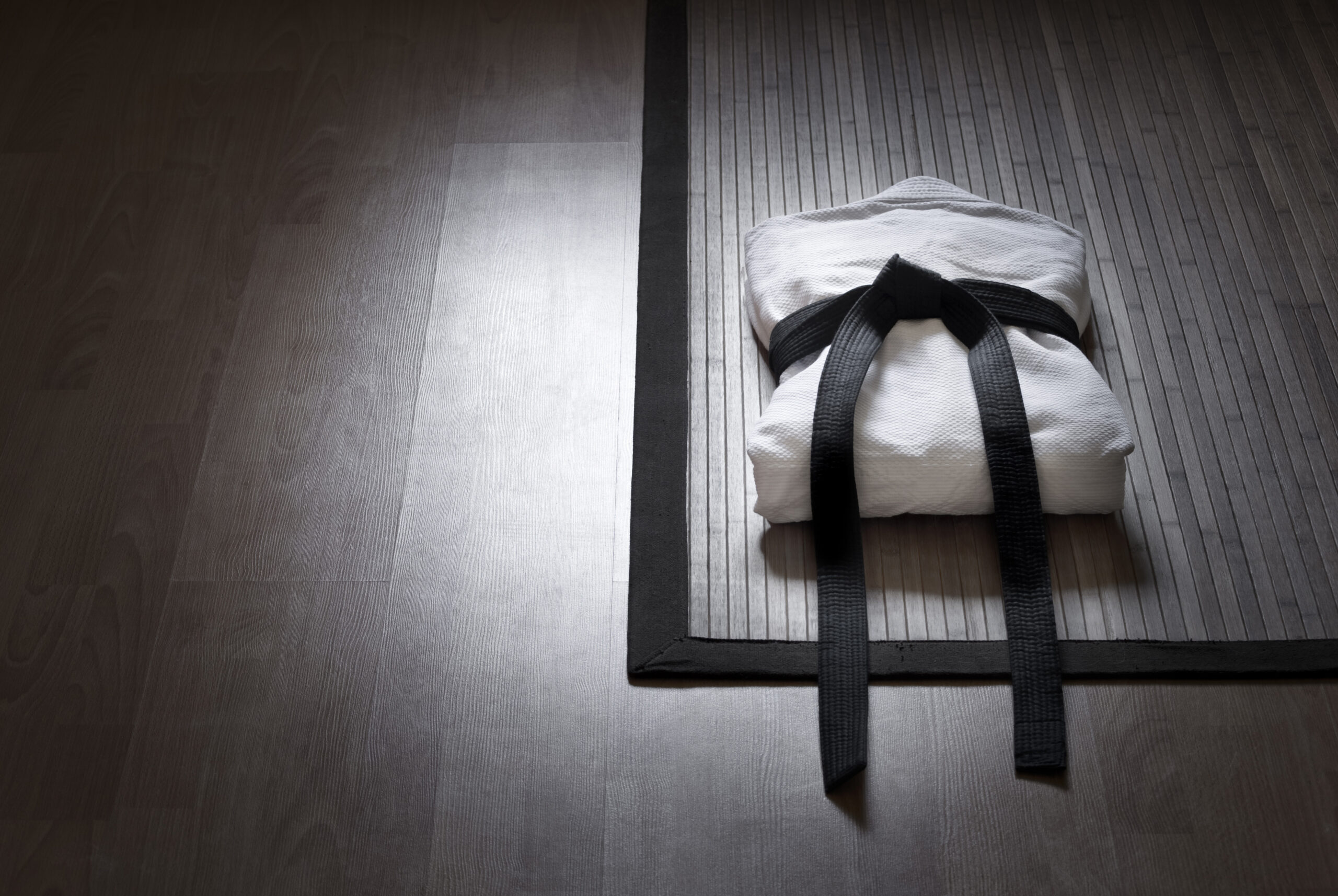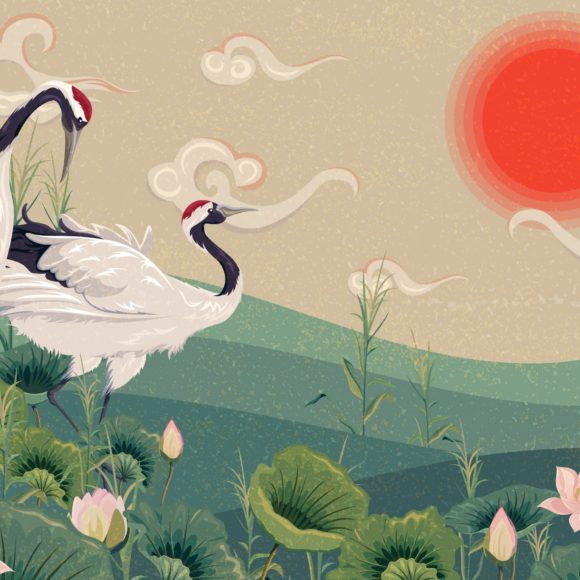There is a belief that a true democracy is not possible without equality and equality assumes absence of hierarchy. And at the same time, Japan offers us a different example of a working system which values subordination, democracy, duties and roles. This talk is designed to explore a possibility to see structure and constraints as a critical part for understanding freedom.
Project Category: Japanese Culture Events
Consumption of Space and Time in Japanese Aesthetics
In this talk, Azumi will take you on a journey and discuss a concept of Ma (time and space in-between, a Confucius concept of the space between the edges, between the beginning and the end, the space and time in which we experience life), a perception of space in Japanese households and what arts mean to Japanese society. We will explore ideas of beauty as intellectual endeavors through mastery of Geisha and see how Japanese aesthetics and consumption of arts relate to everyday life.
Finding Inner Peace with Japanese Haiku
Japanese philosophy Yasuragi teaches us to take a moment and be present, to notice wonders we are surrounded with. Contemplating nature or experiencing a cup of tea - every moment can bring peace to our minds. Haiku poems do exactly that: they are odes to mundane, a moment of gratitude to the transient present. Join our talk on Japanese philosophy Yasuragi and explore Haiku poems as a way to find harmony and peace.
Japanese Calligraphy: Inner Peace
Yasuragi is a concept or feeling of inner peace. However, it is also an attitude, a relation which a person can build with the outside world. Join the next Japanese calligraphy session with Azumi Uchitani to enjoy creating this beautiful kanji and find out more about the Yasuragi way of living.
Wisdom of Martial Arts: Transforming the Mind, the Body and Spirit
Martial Arts and philosophy are extremely interlinked. Martial Arts make an organised system of combat practiced for physical, mental, spiritual development, and self-defence. In this talk you will be introduced to one of the principles, SHU HA RI, the three stages of developing and mastering any techniques and transforming the mind, body and spirit to bring unlimited potential.
Secrets of Longer Life: Japanese Longevity and Good Health
Approaching Shunbun no Hi, the Japanese holiday during the vernal equinox, we would like to invite you to celebrate the arrival of spring, a symbol of new life and explore the Japanese approach to a long life and vitality.
Japanese Calligraphy: Tea
This is a series of workshops designed by Azumi Uchitani to explore Japanese culture through the art of calligraphy and language. We will finalise our spring season with the last calligraphy session and the character 茶 Cha (Tea).
Japanese Calligraphy: 男 Otoko (Man)
In May, we have the Boys day, Tango not Sekku to celebrate the growth of the sons of the family. Tango not Sekku is also known as Ayame no hi (Iris festival).
Japanese Calligraphy: 桜 Sakura
This is a series of workshops designed by Azumi Uchitani to explore Japanese culture through the art of calligraphy and language. Our forth session is designed to celebrate one of the iconic symbols of Japan - Sakura.
Japanese Calligraphy: 春 Haru (Spring)
This is a series of workshops designed by Azumi Uchitani to explore Japanese culture through the art of calligraphy and language. For our third session, we picked a symbol 春 Haru (Spring).










